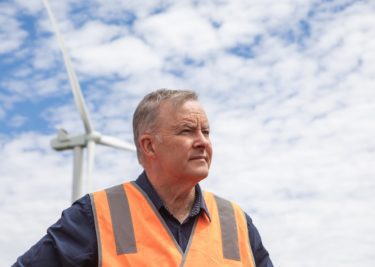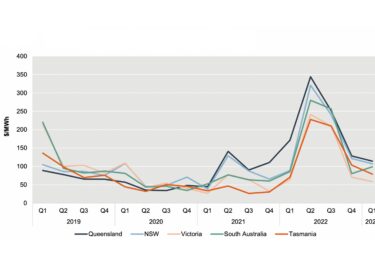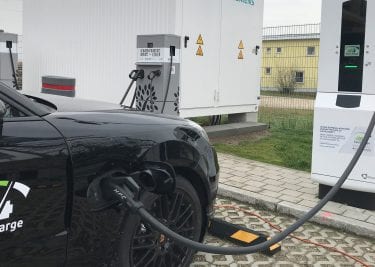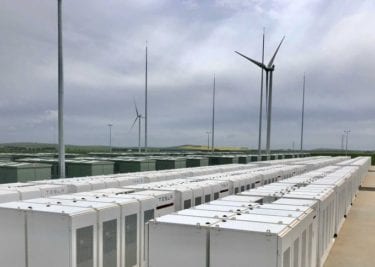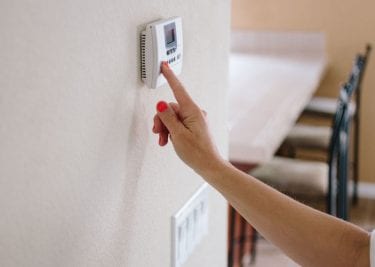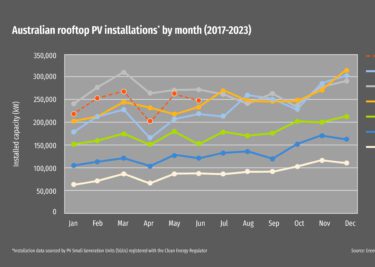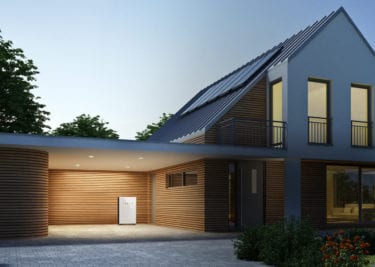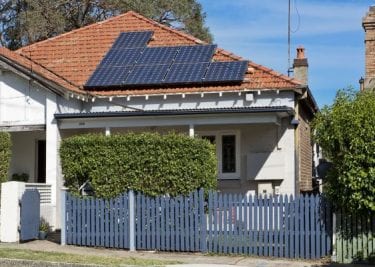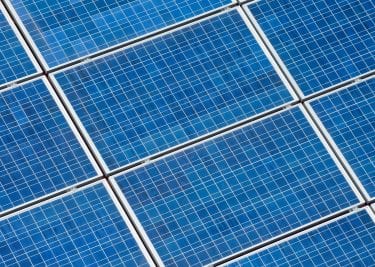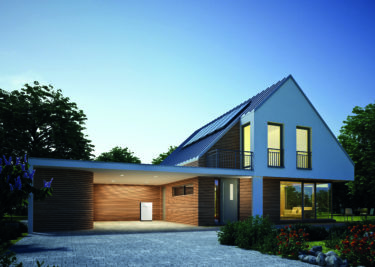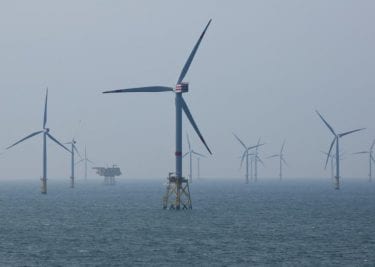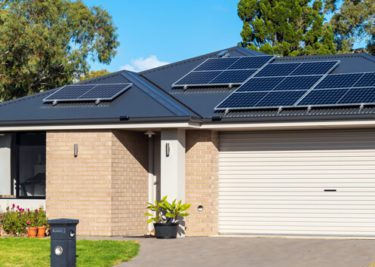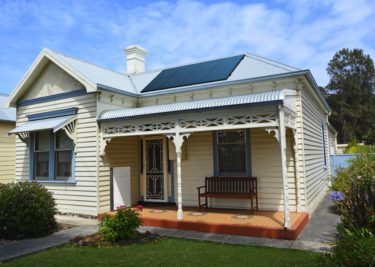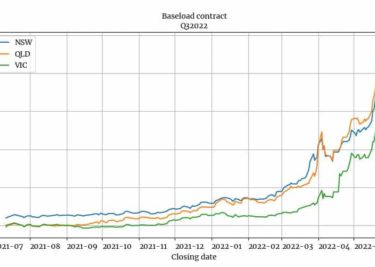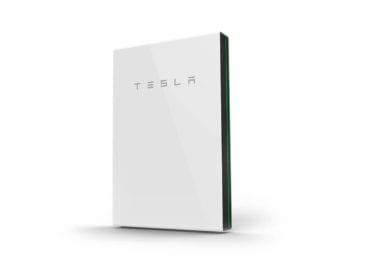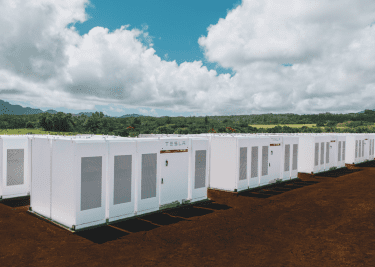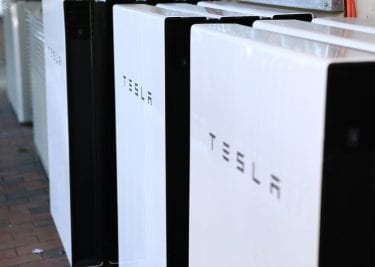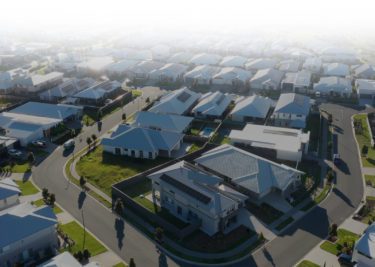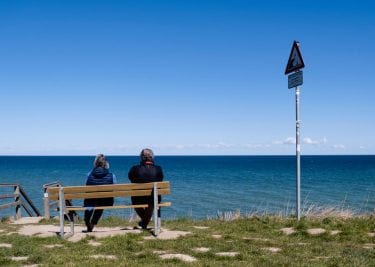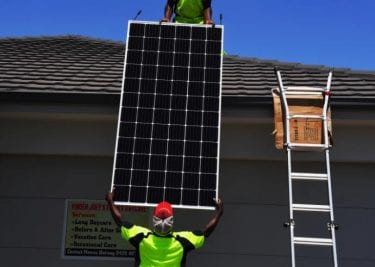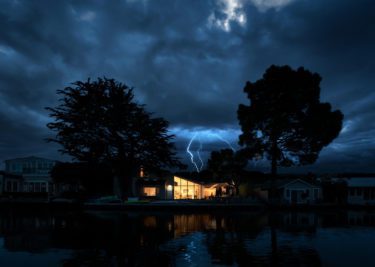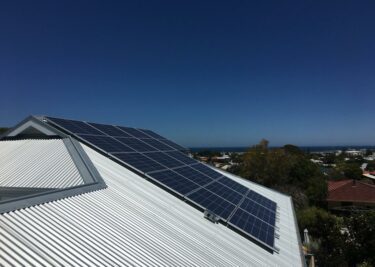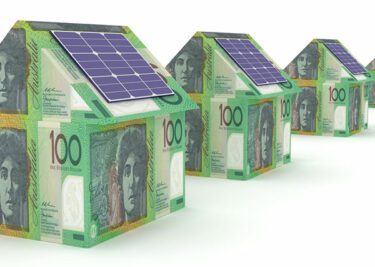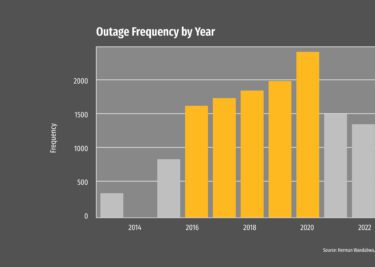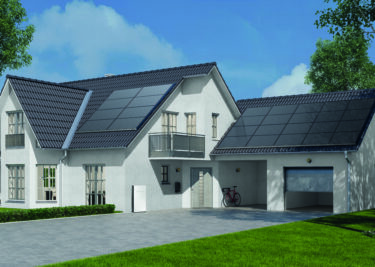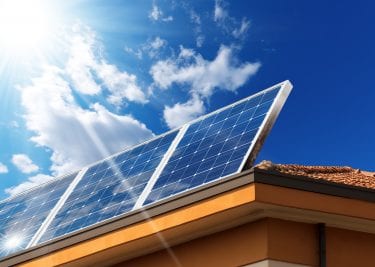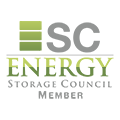As Australia enters a new era we’re calling the ‘smart energy home business 2.0,’ it should be acknowledged that the small army of Australian solar and battery storage installers have achieved something pretty remarkable. Not only is Australia the clear world leader in residential solar, but while other aspects of the country’s energy transition have been messy and marked by political missteps, homeowners have got on with the job and been at the forefront of the fight against climate change.
The numbers deserve some revisiting. While solar installations in 2022 continue to surge, even back in 2020 Australia was installing 41 rooftop solar systems an hour, or one solar panel every 44 seconds.
The impact of the over 3 million solar homes dotted around Australia is a powerful one. Solar surpassed coal as the largest single source of generation for the first time on August 22 – beating out brown and black coal combined. Sure, solar outshone coal for only a little more than half-an-hour on that day, but it was a watershed moment and records like this will become more common with the number of solar installations continuing to increase.
But as solar continues to make up a larger part of daytime electricity generation, power networks at both the transmission and distribution level will have to be bolstered with battery storage to ensure system stability. It’s often described by the catch-all term ‘flexibility’, and will be vitally important if solar produced during the day can be utilised during evening demand peaks.
Battery energy storage will allow big coal and gas generators to efficiently exit the market – and in Australia, there are a host of coal-powered clunkers queuing up to do so. As fossil fuelled power stations retire, that role will have to be provided by batteries – with the good news being that batteries are ideally suited to the task, able to respond to fluctuations in grid frequency in fractions of a second.
Time for smart energy home business 2.0
For the effective decarbonisation of Australian homes, solar energy will also have to be used efficiently in the home and in an increased number of ways. Fossil-fuel using heaters, cooktops, and cars must be electrified, and the powering of these with rooftop solar is not only done best with a home battery, but also with a smart energy management system.
To sell and install these types of systems is a more sophisticated task than simply whacking on a rooftop PV system – and it is one of the drivers of a major trend that we are beginning to see in solar installation space. It requires a more consultative sales process, beginning with an understanding of the home’s energy consumption patterns and the devices that will be drawing on the rooftop PV power. And the installation task goes from panels on the roof and inverter on the wall, to the integration with a home battery, smart meter, an energy manager, and other devices like EV chargers.
At Natural Solar, we identified this need and have developed our smart energy controller – the Heartbeat. With a right-sized residential solar and battery system coupled to the Heartbeat, we’ve seen some homes save 120% on their electricity bill.
As technology advances our job has changed. The solar business is no longer a simple sales and installation type affair. Helping Australians reduce their emissions and their volatile power bills requires the intelligent integration and harmonisation of a range of devices into a system that is able to deliver for the homeowner on both cost and reliability. It marks the transition from the residential solar segment 1.0, to the smart energy home business 2.0.
This transition is one of the reasons I was so pleased to be able to announce this week that Natural Solar is partnering with German next-generation smart energy business 1KOMMA5°. While the name might not make much sense to Australia ears, it represents a universal ambition – to work together to limit global warming to below 1.5 C.
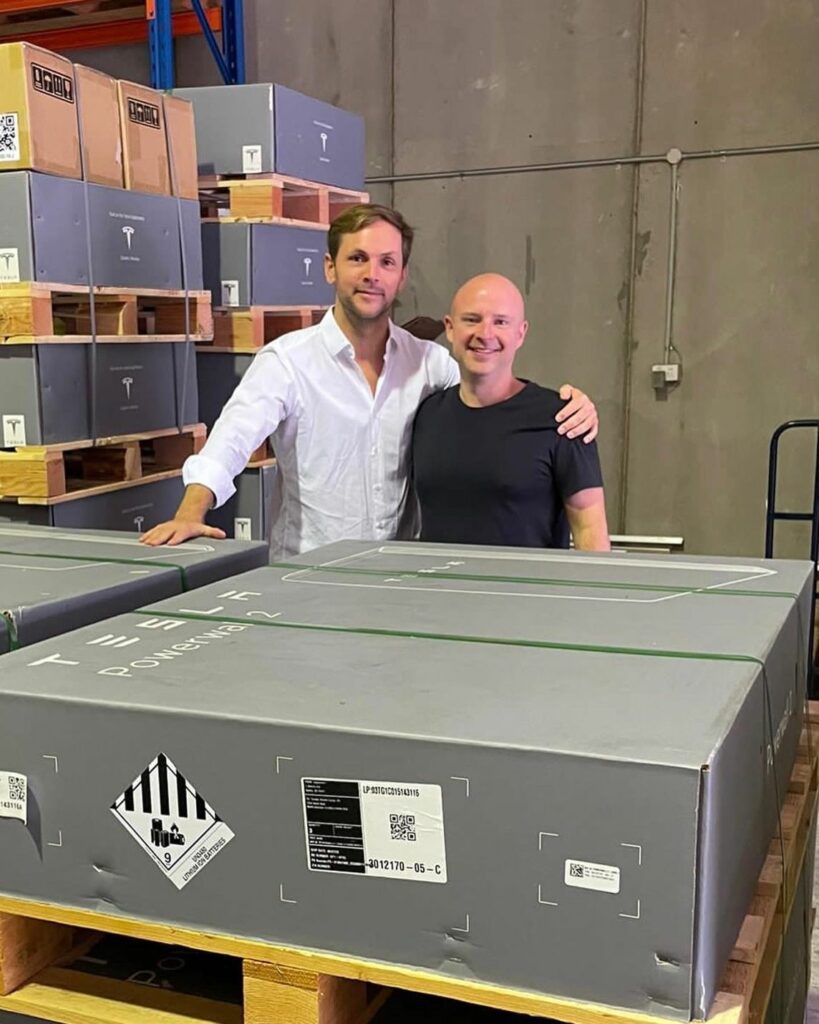
1KOMMA5° brings international experience to our local knowledge. Driving forces behind 1KOMMA5° are industry pioneers such as sonnen founder Christoph Ostermann and one of Tesla and sonnen’s driving forces in Europe, Philipp Schröder. It will also bring the financial might required to secure cheaper solar panels, home batteries, and smart energy components from global suppliers for our customers – particularly right now, when there is global rush on clean energy products.
Australia’s residential solar segment has much to be proud of, as do the family businesses that developed the industry in its early years. But as with all good things, there comes a time for change and we’re beyond excited about Natural Solar’s role, with 1KOMMA5° as our clever and powerful partner, in building this new future.

